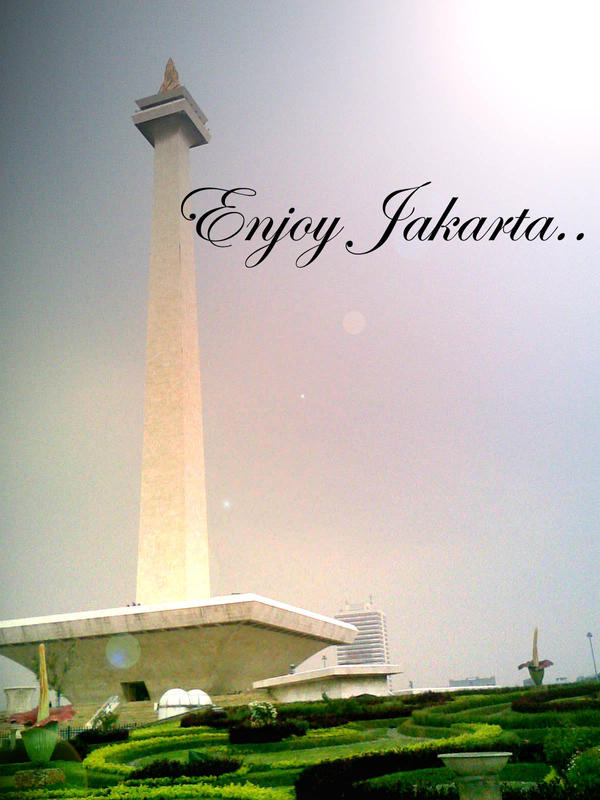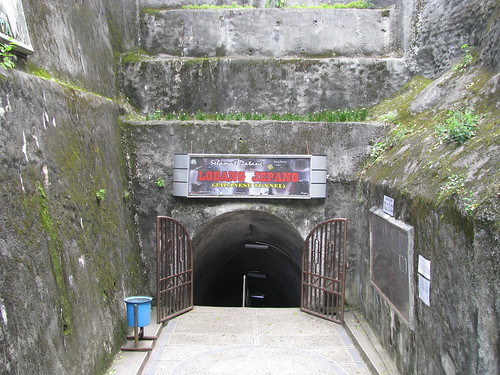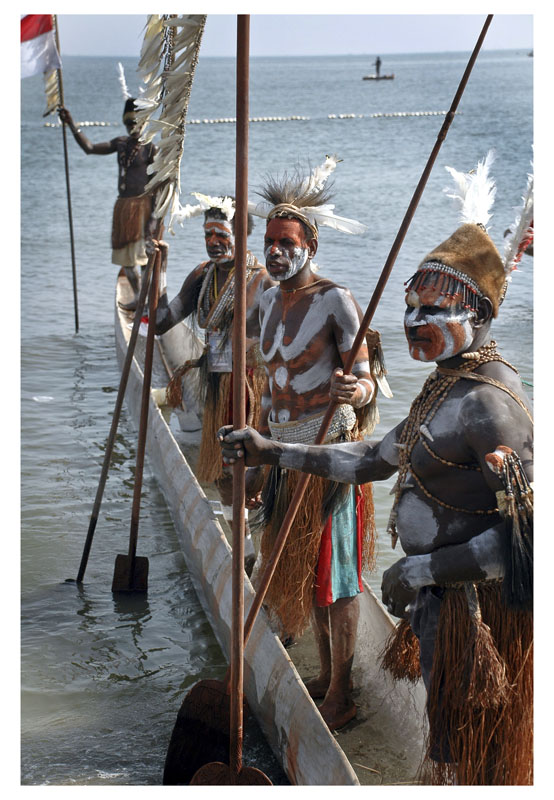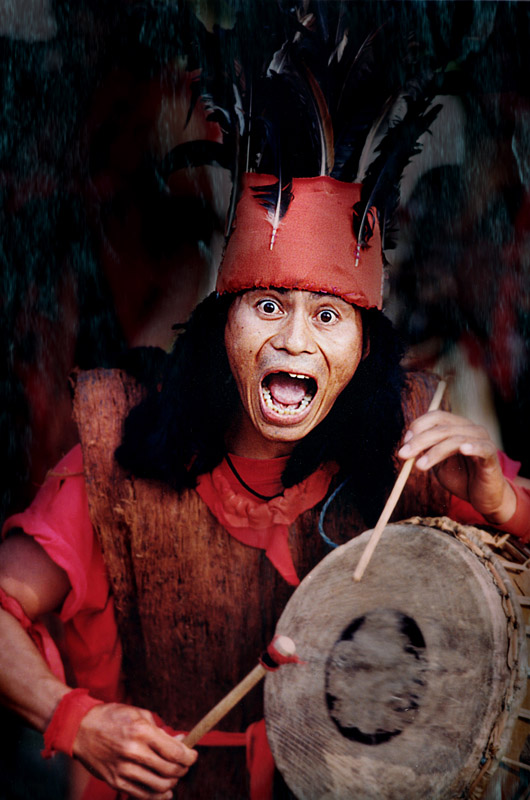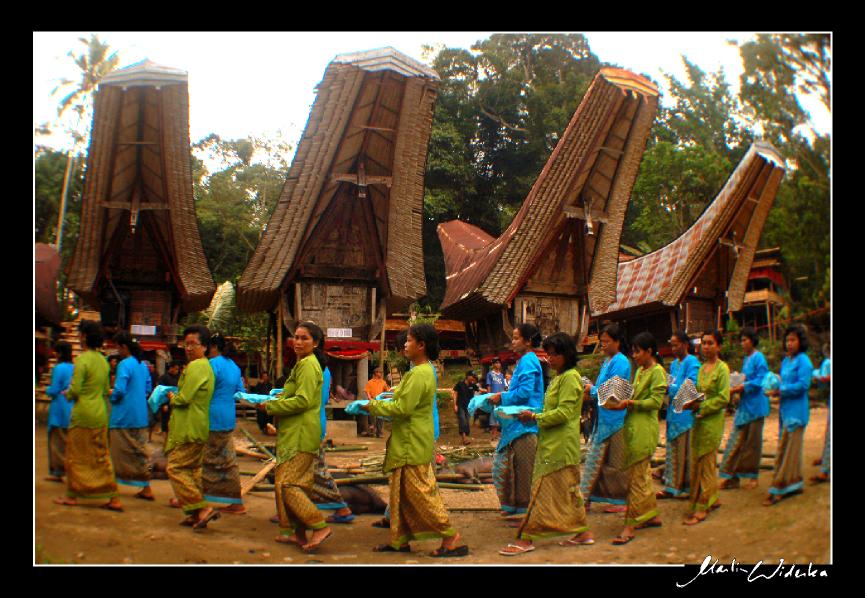Bali "The Best Spa Destination in The World"
Friday, March 13, 2009 Indonesian through Bali has been selected as “The Best Destination Spa in the World.” by InternationalBourse Berlin, Jerman and gets International Wellness Awards.
Indonesian through Bali has been selected as “The Best Destination Spa in the World.” by InternationalBourse Berlin, Jerman and gets International Wellness Awards.“Why Indonesia? Because Indonesia is able to maintain the ancestral cultural heritage combined with the results of the latest research,” said the chairman of Selected Hotel Promotion Inc (renowned international organization of tourism), Frank Pfaller, in a press release on Wednesday (18 / 2).
Awards will be submitted in order to organize the annual exhibition prestigious tourism, the International Tourism Bourse (ITB) in Berlin, Germany, early March 2009.
“The ceremony will be attended by the leading tourism leaders from around the world,” he said.
This is because the ITB exhibition is the largest involving thousands of actors in the business world’s international tourism. Awards are planned to be received directly by the Ministry of Culture and Tourism, Jero Wacik, who will attend the event at the ITB in Berlin.
Balinese votes spa tourism is the best area because it is able to maintain the original ancestor of culture, heritage, including ancient kings. Moreover, terminology Balinese in relation to the spa, such as security and lulur has been recognized internationally.
On the same occasion, the King, Ida Tjokorda IX Denpasar Ngurah Jambe Pamecutan also be awarded prizes Senses Wellness Award 2009 from the same organization.
King Denpasar IX will also receive The Five-star-Diamond Lifetime Achievement Award will be given by the President of the American Academy of Hospitality Sciences Joe Cinque up and contrib pengabdiannya in the exchange relationship and the development of international culture. “We represent people who have a spa in Bali will leave the event in addition to this year because Bali was selected to become the world’s best destination spa,” said King Ida Tjokorda IX Denpasar Ngurah Jambe Pamecutan.
 Most of Bali spa centres offer 100% natural material. The basic ingredient of Spa original massage oils are imported from France. Bali spas have well-trained therapist. You will enjoy a fragrance while you are staying at spa treatment room. Some of Bali spa centres also have service of hair treatment, herbal milk bath, volcanic mud body treatment, lavender body treatment, and many other high quality services. Sometimes Bali Spas also give a free transport for a visitor from Nusa Dua, Jimbaran, Kuta and Sanur beach area.
Most of Bali spa centres offer 100% natural material. The basic ingredient of Spa original massage oils are imported from France. Bali spas have well-trained therapist. You will enjoy a fragrance while you are staying at spa treatment room. Some of Bali spa centres also have service of hair treatment, herbal milk bath, volcanic mud body treatment, lavender body treatment, and many other high quality services. Sometimes Bali Spas also give a free transport for a visitor from Nusa Dua, Jimbaran, Kuta and Sanur beach area.
Beginning with foot bath and body wash, and traditional Balinese massage, lets the mud prevent wrinkles, enlighten your skin and clean the pores while  giving nutrients and mineral back to your skin, end by relaxing into warm aromatic flower bath. For other choice, you may choose Aroma Therapy Massage, Balinese Traditional Massage, Swedish Massage or other kind of massage. Improve your blood circulation, reduces tension and stress, relieve muscles, rejuvenate tired muscles and relax your mind. The prices are relative cheap, around US$ 68-78 per package. So lets enjoyed your vacation on Bali Paradise.
giving nutrients and mineral back to your skin, end by relaxing into warm aromatic flower bath. For other choice, you may choose Aroma Therapy Massage, Balinese Traditional Massage, Swedish Massage or other kind of massage. Improve your blood circulation, reduces tension and stress, relieve muscles, rejuvenate tired muscles and relax your mind. The prices are relative cheap, around US$ 68-78 per package. So lets enjoyed your vacation on Bali Paradise.
